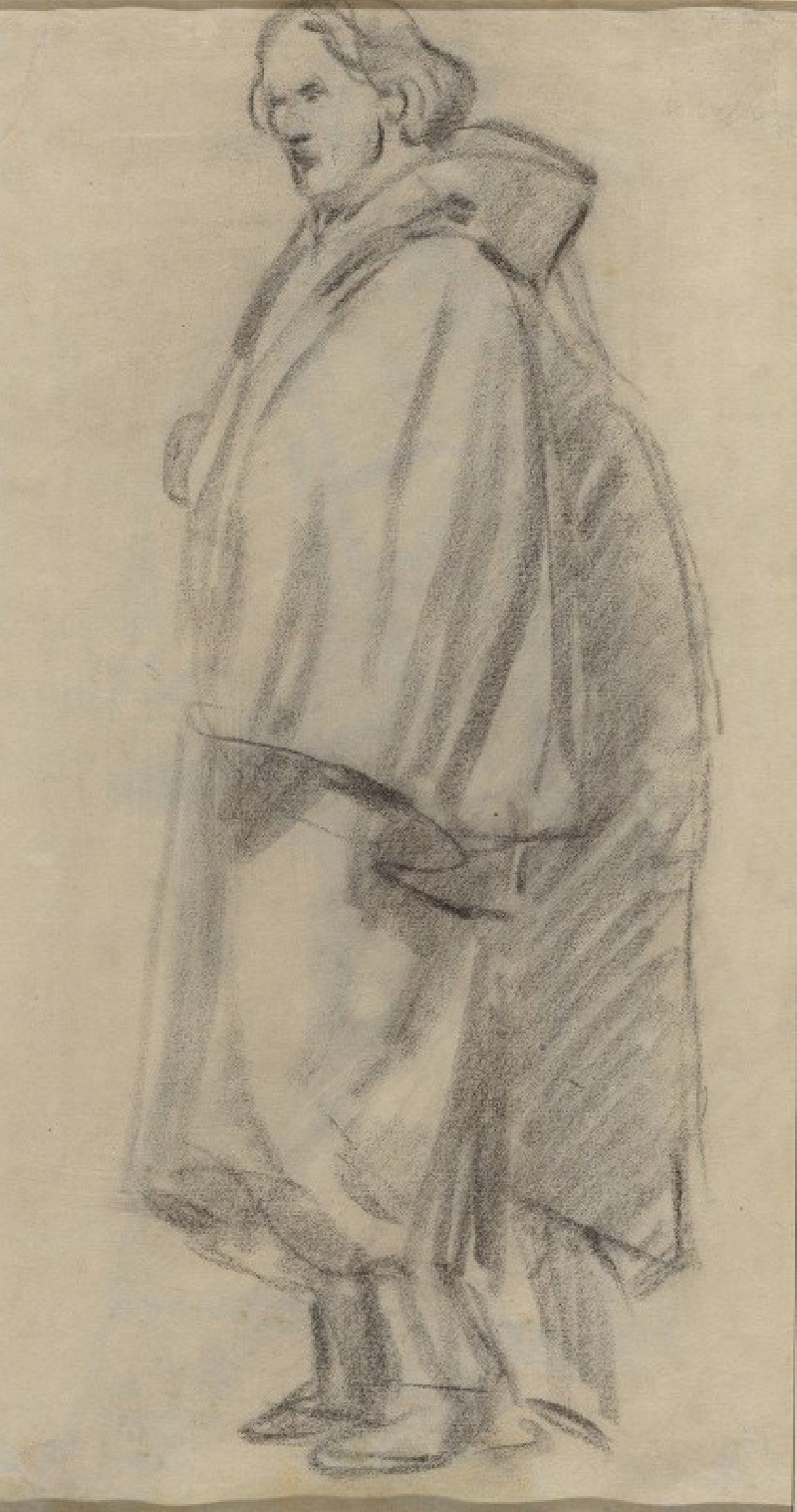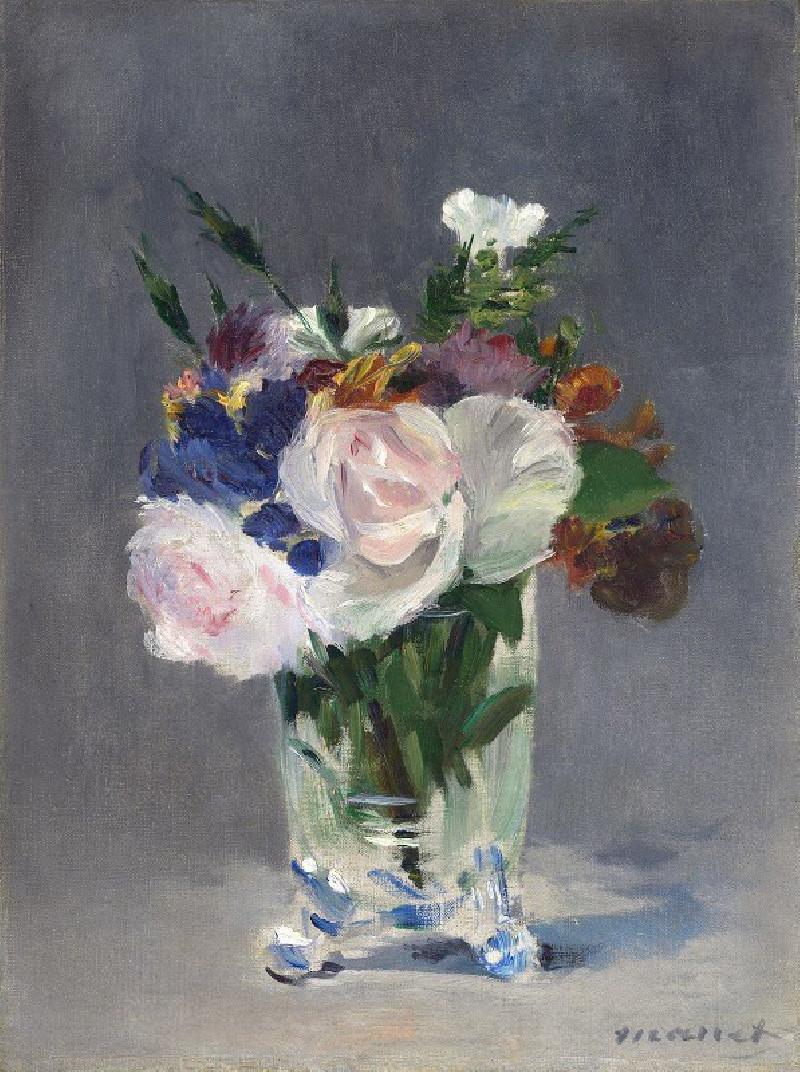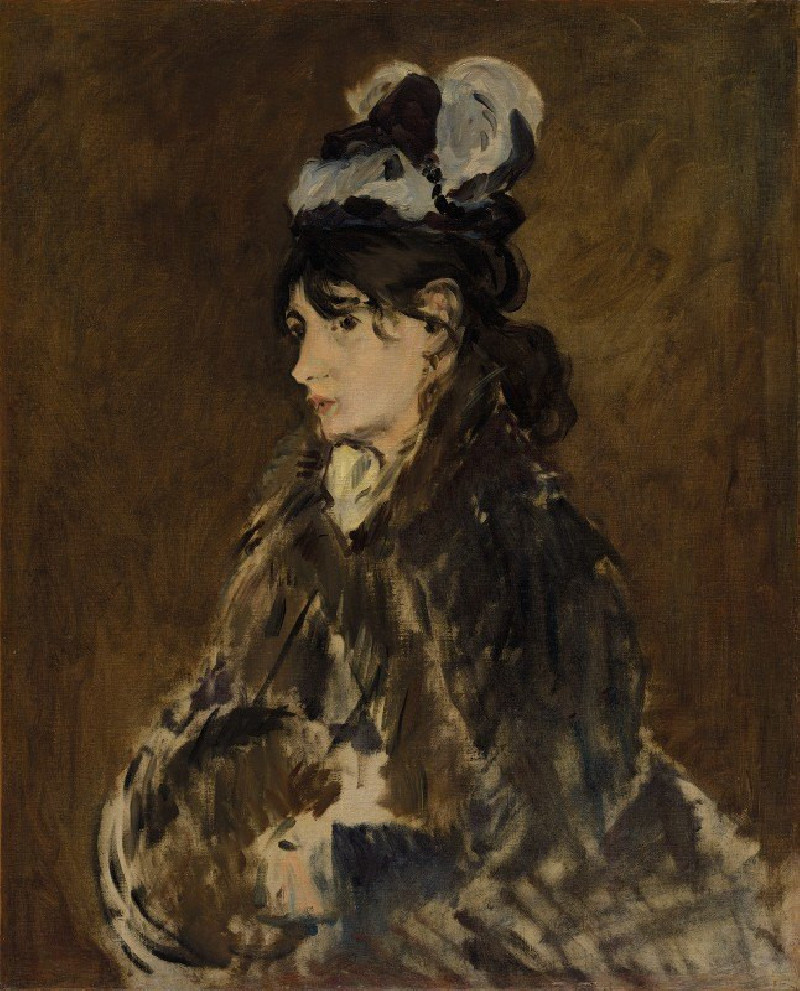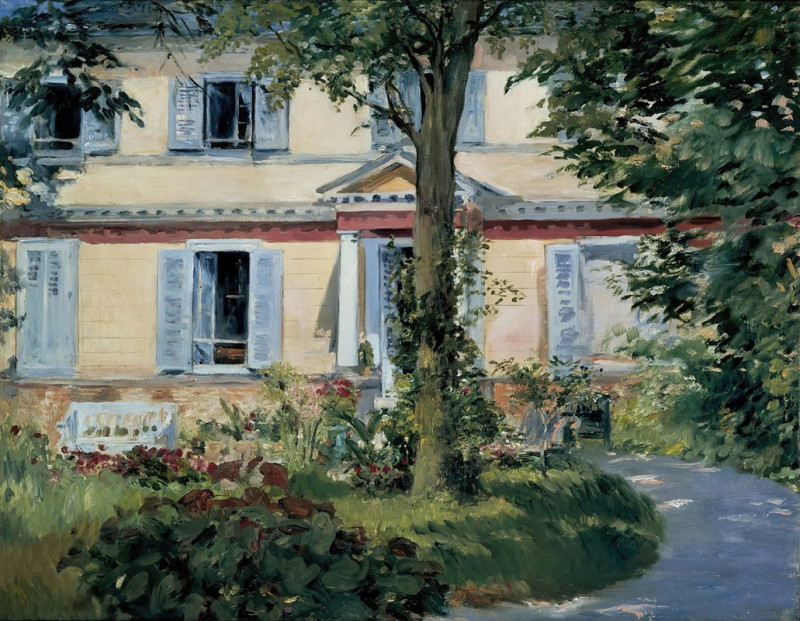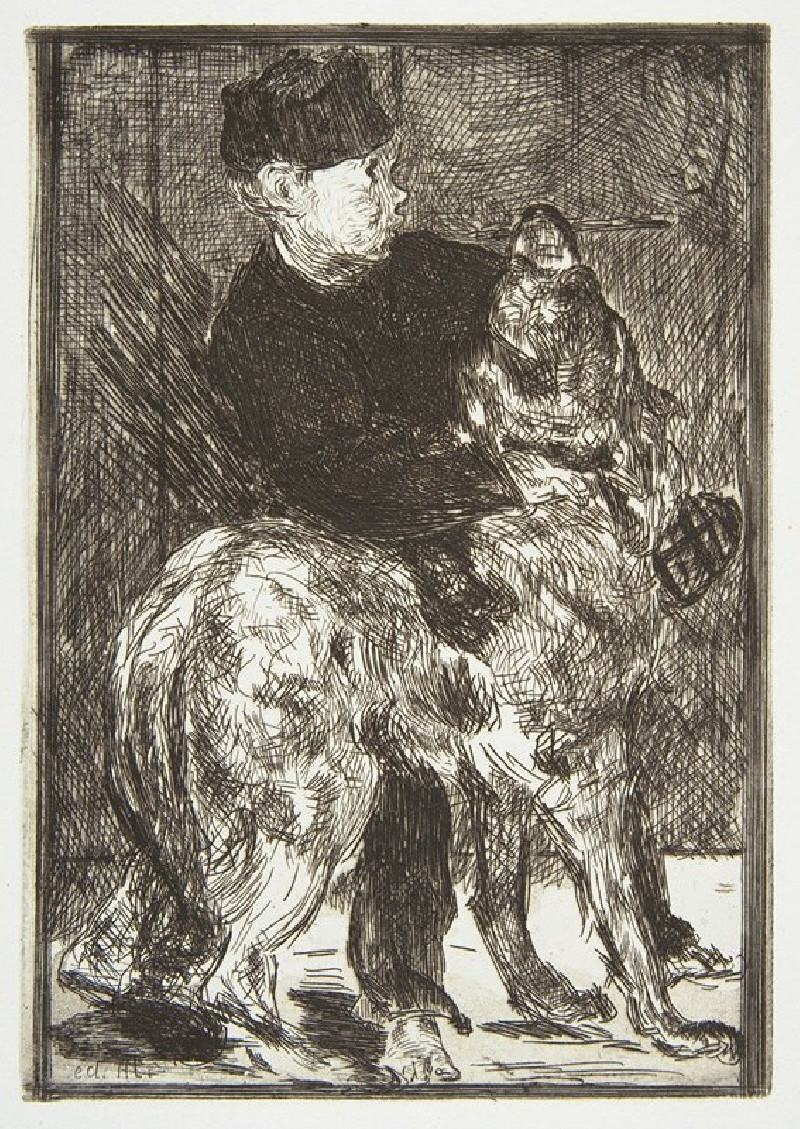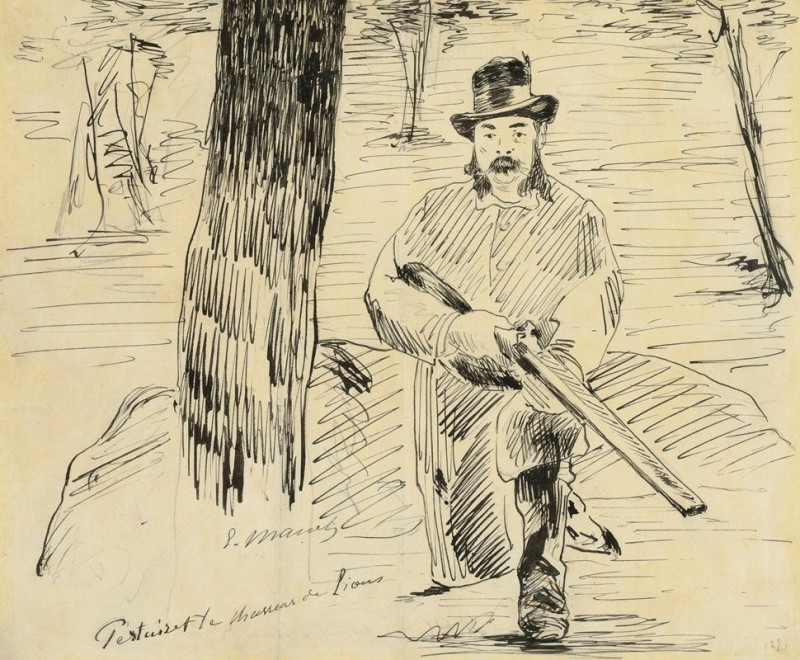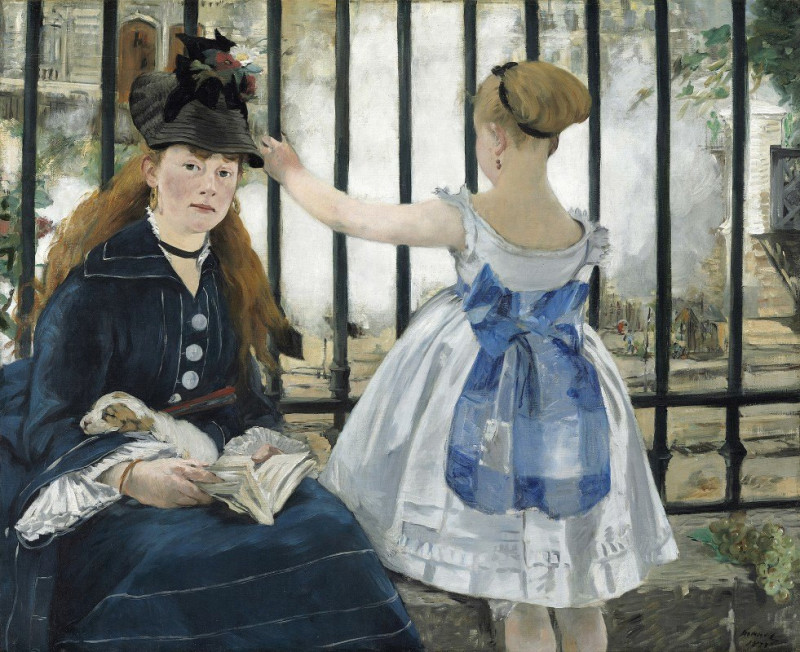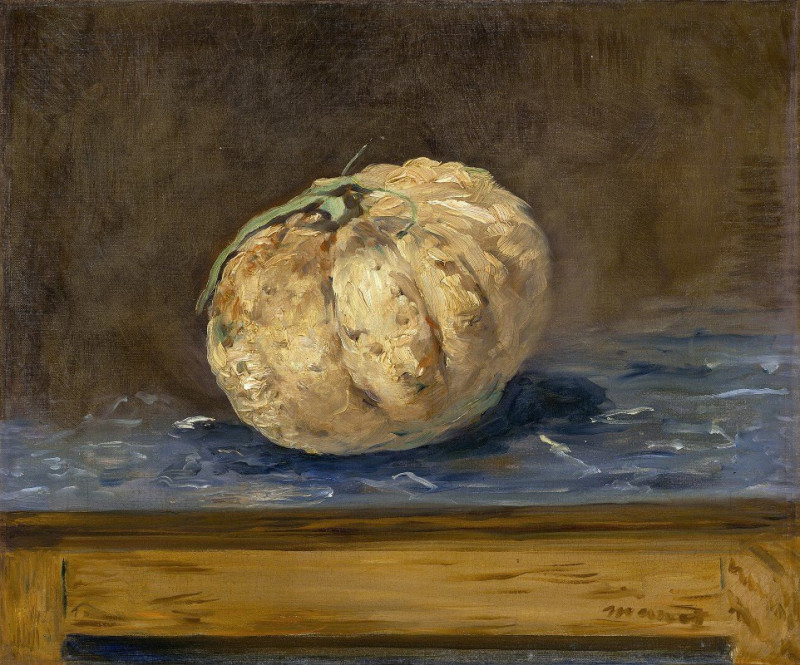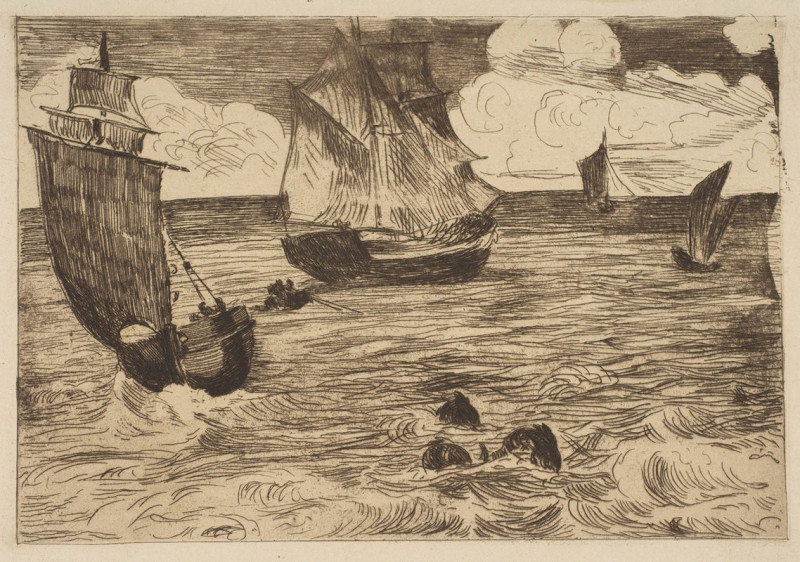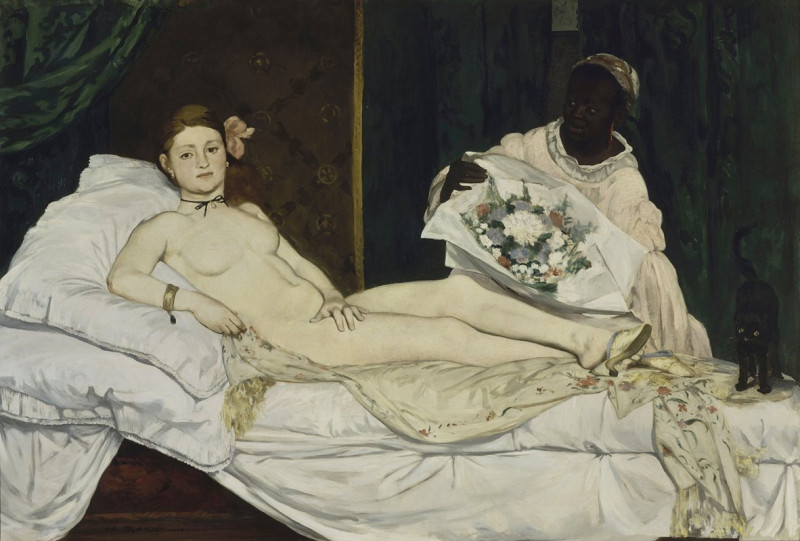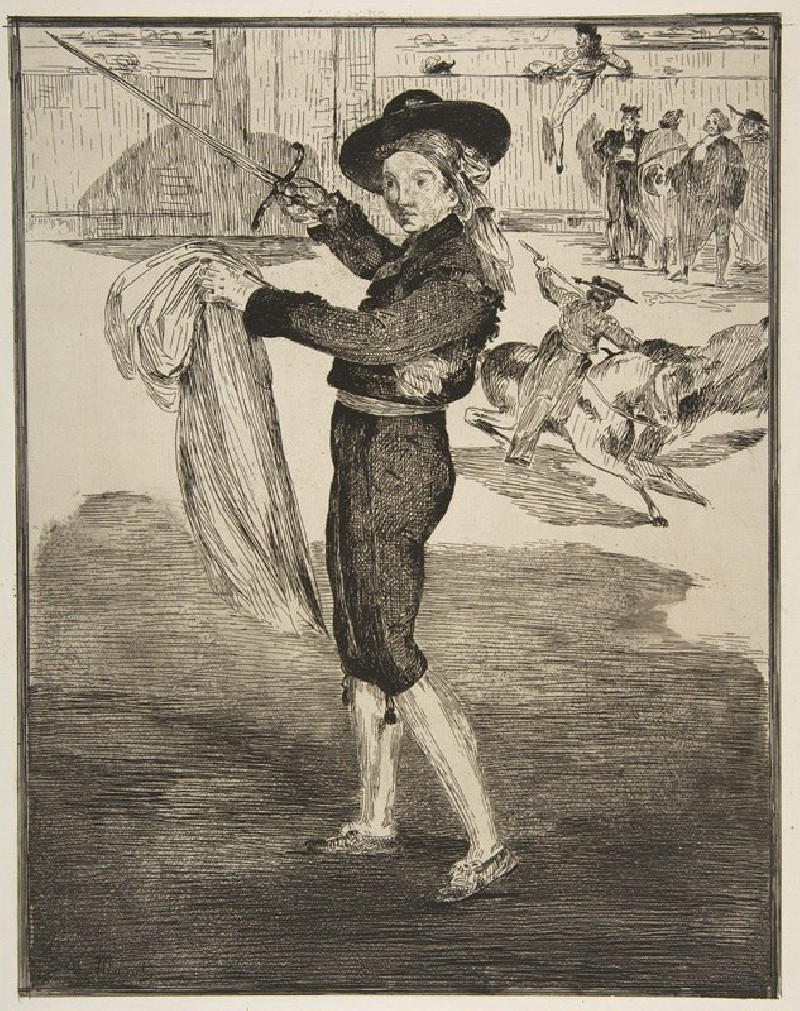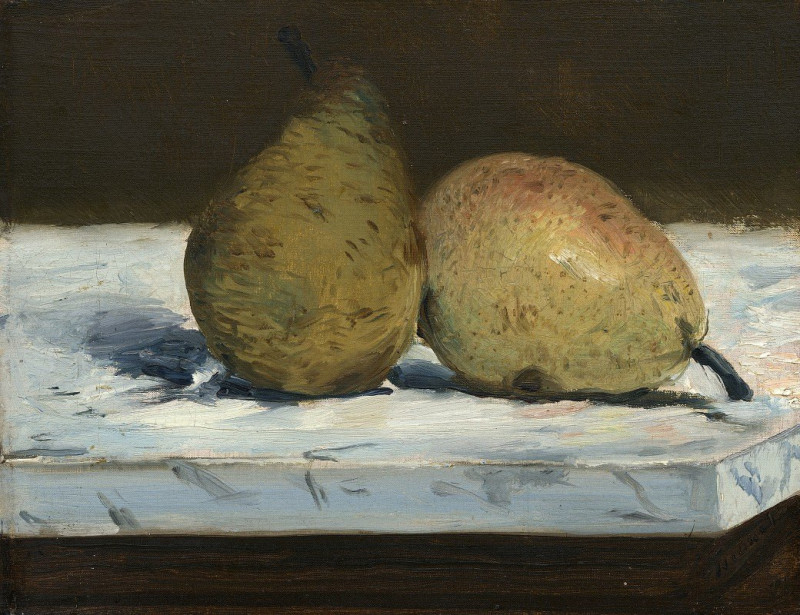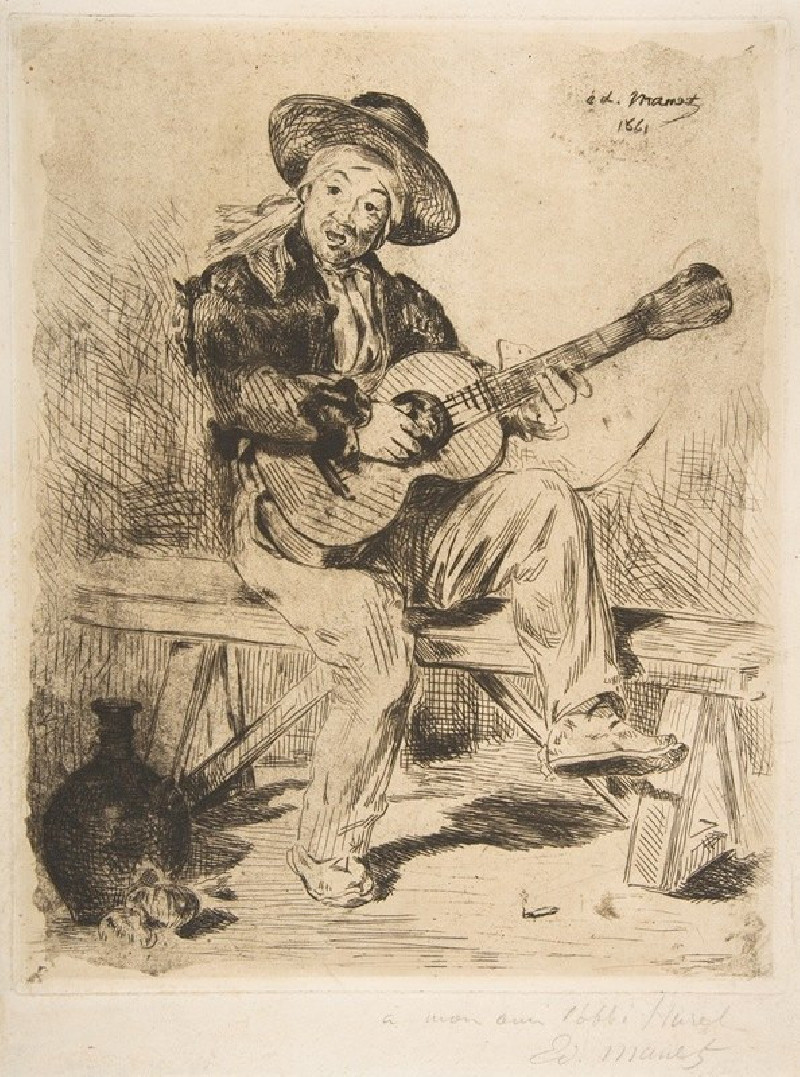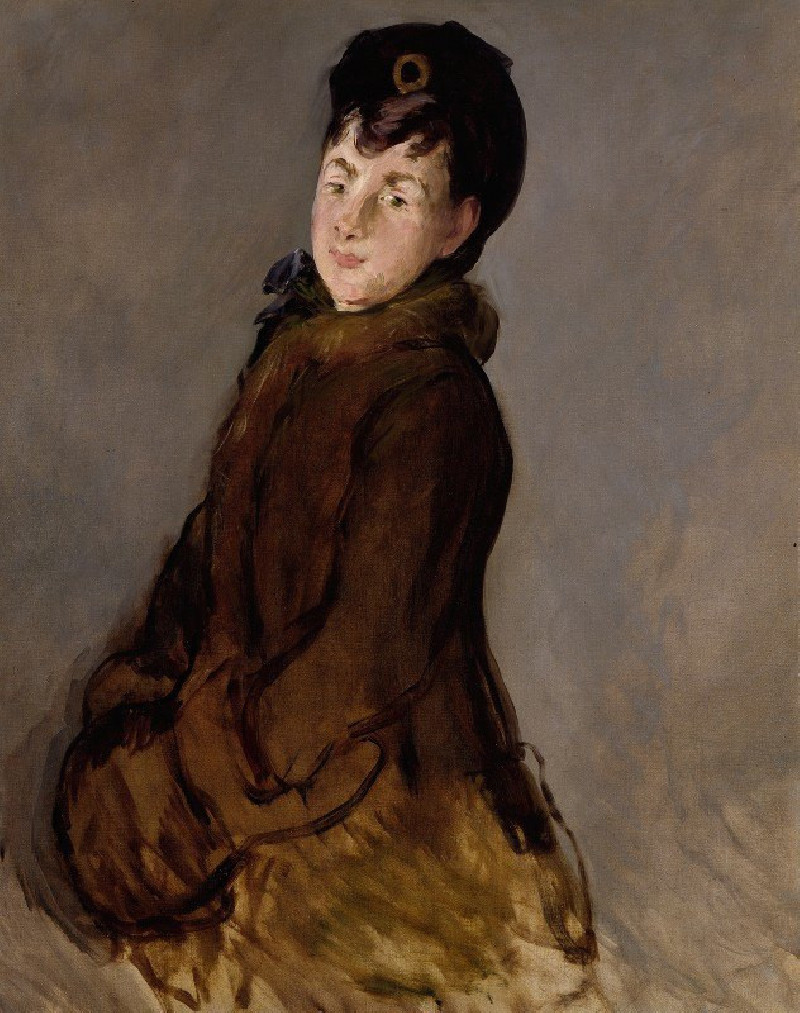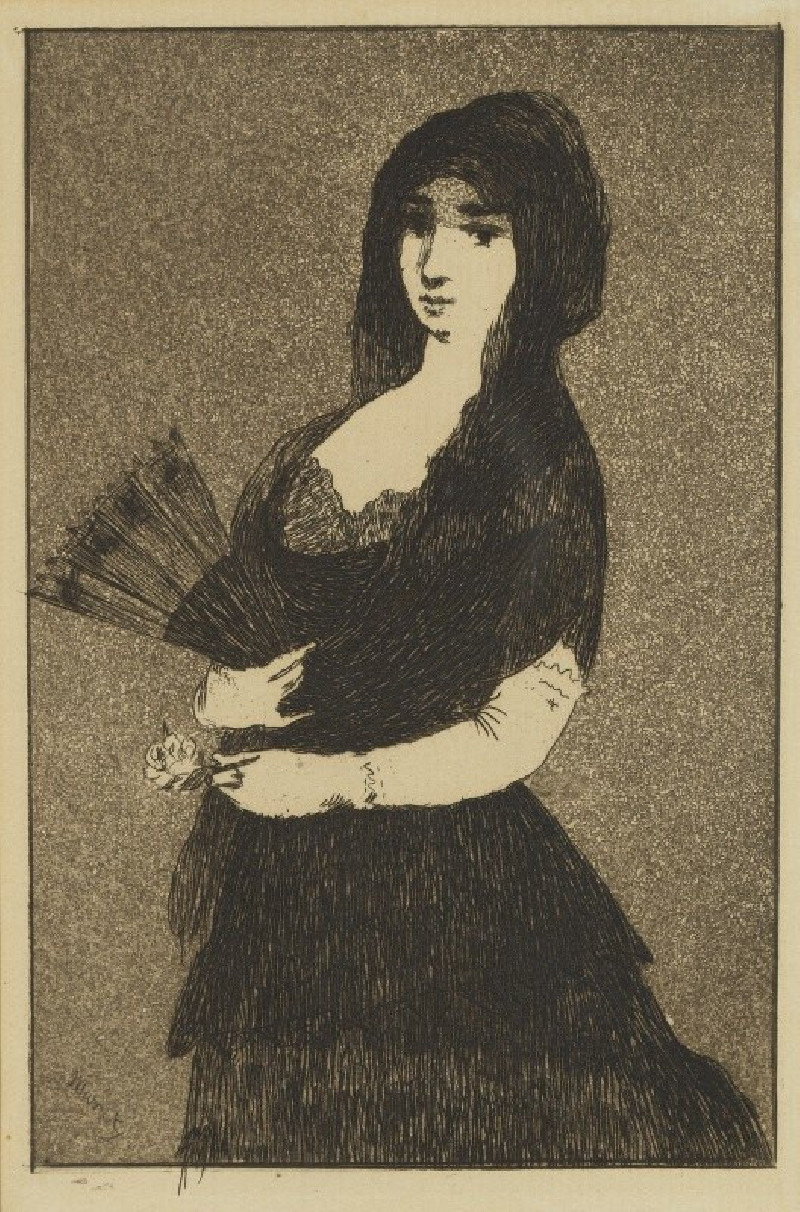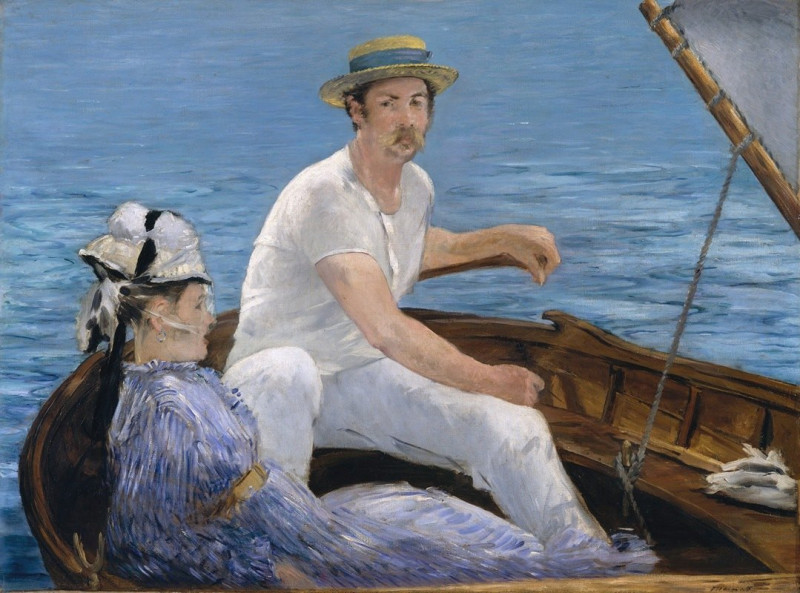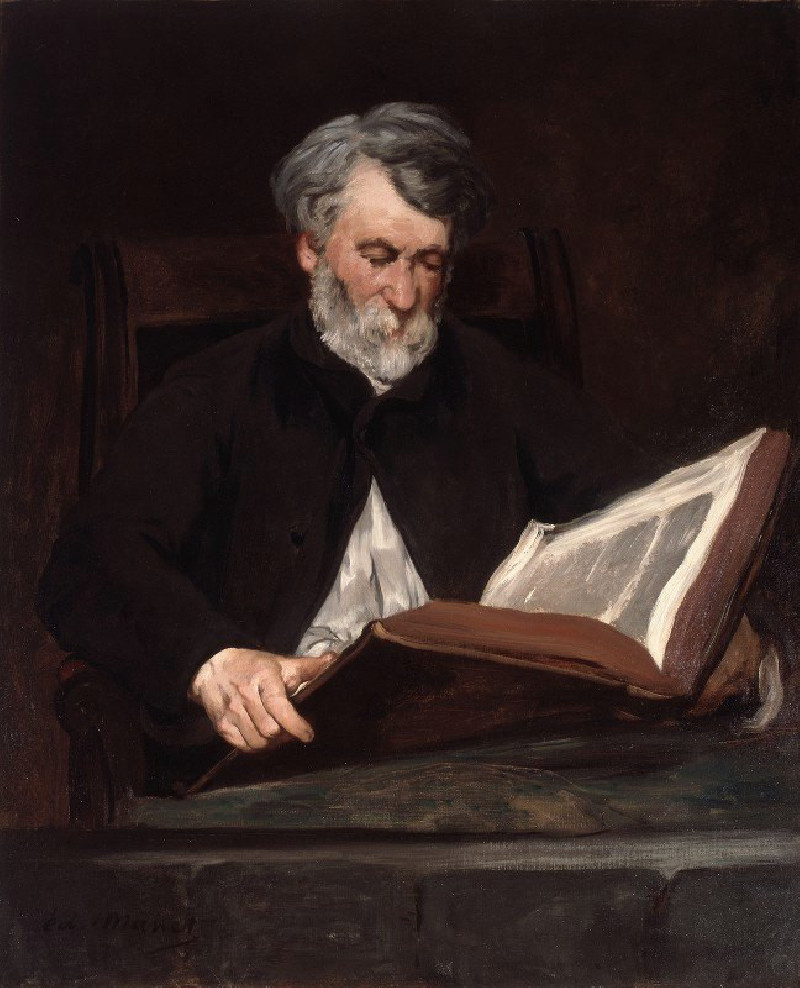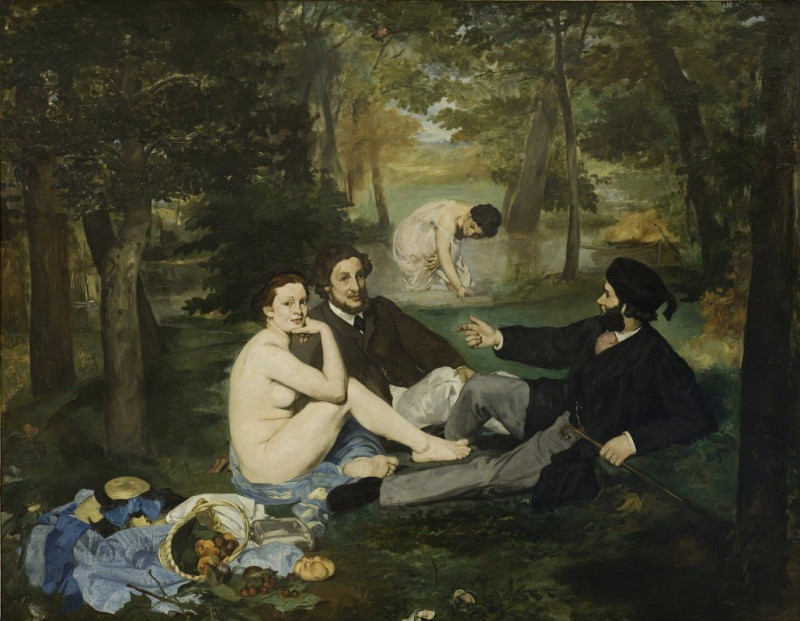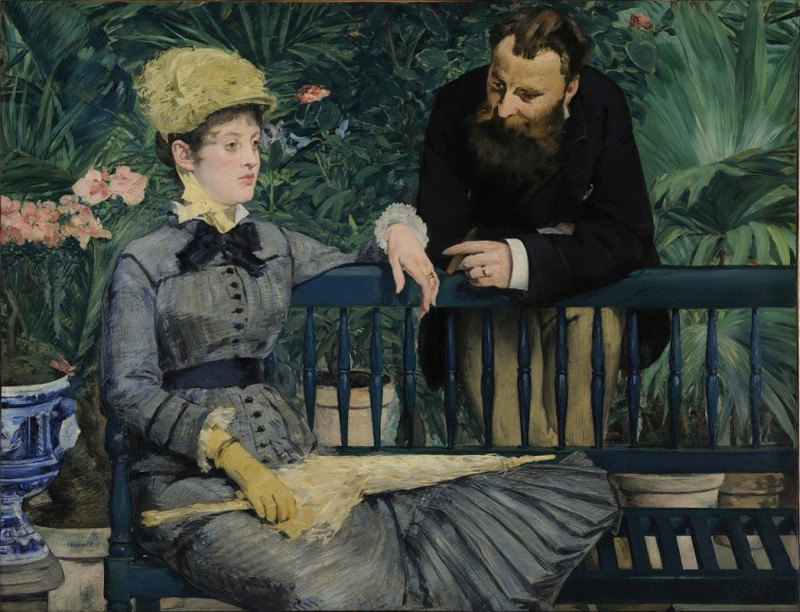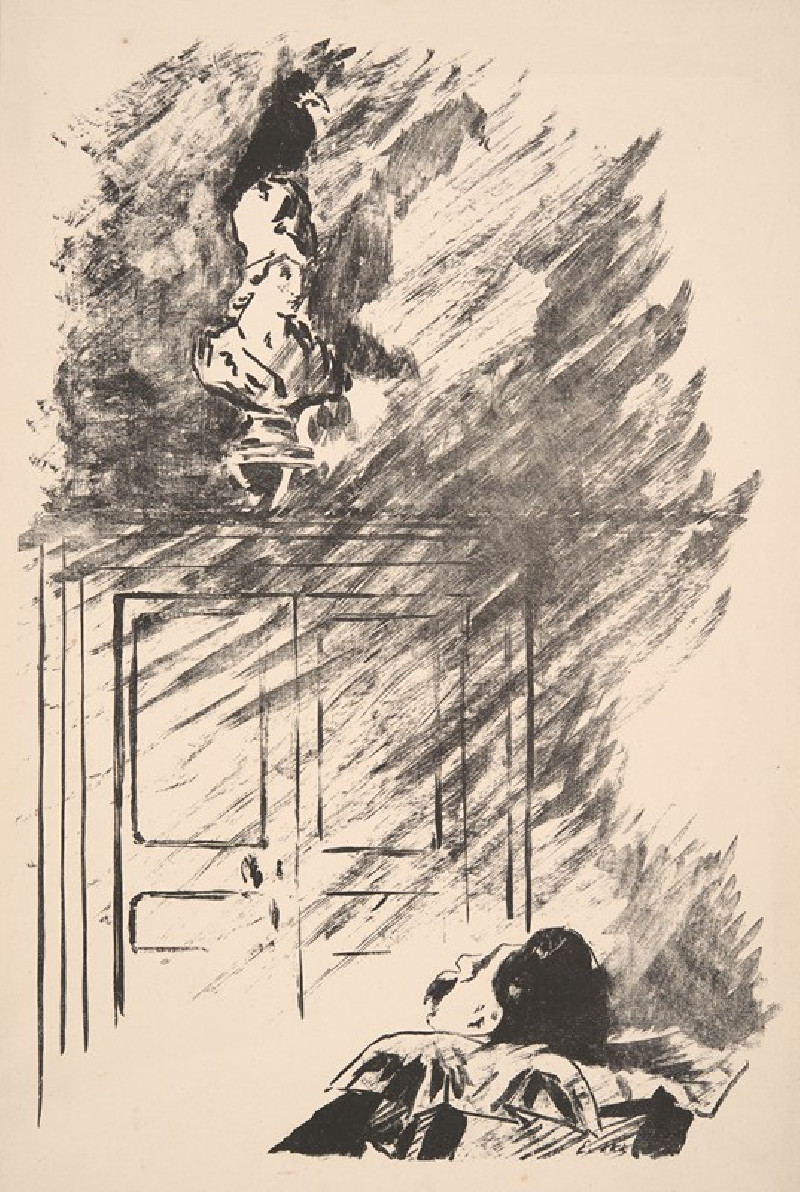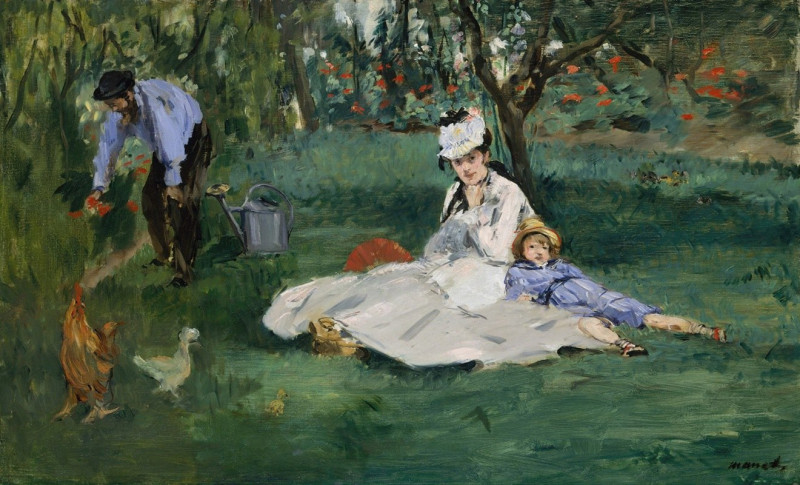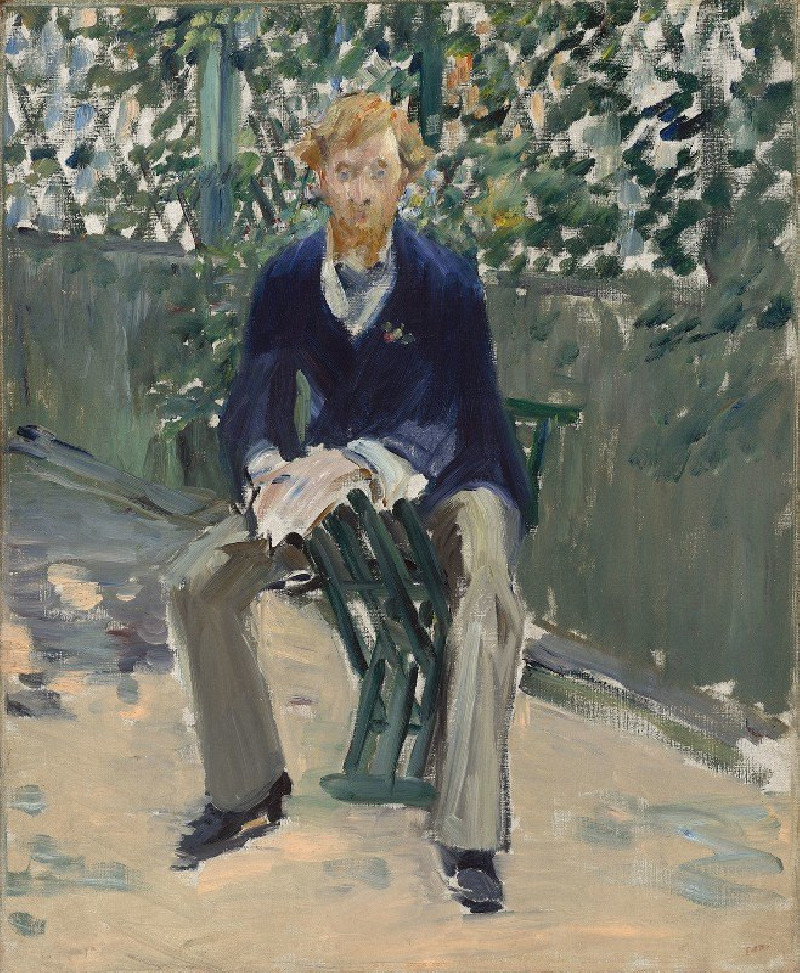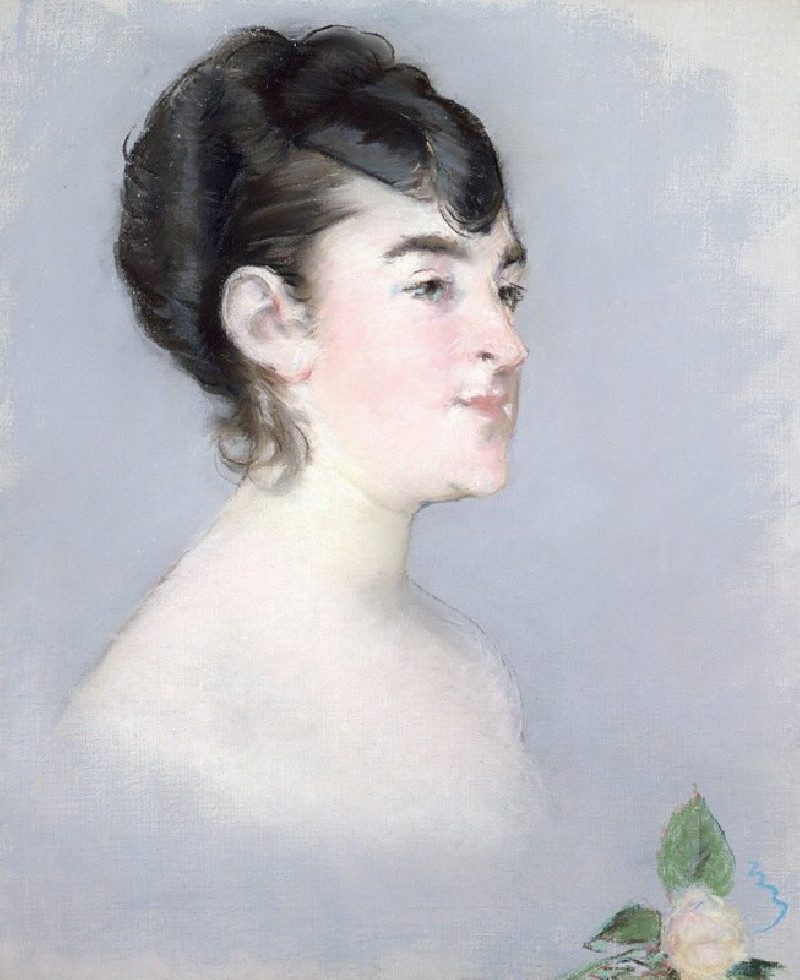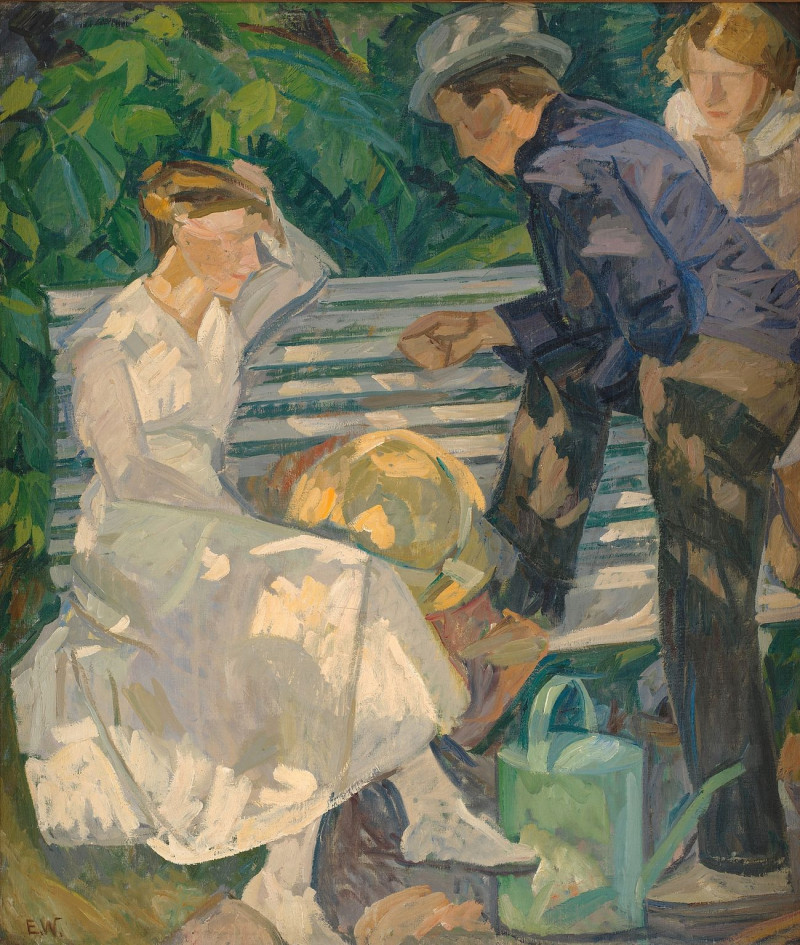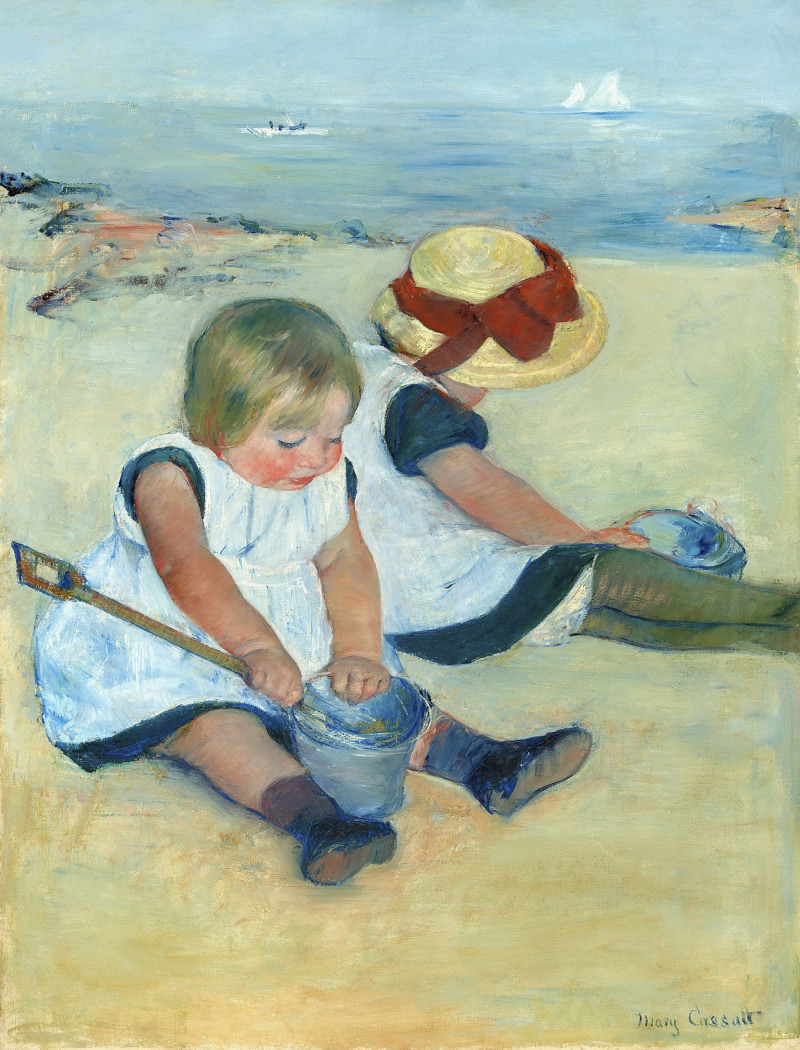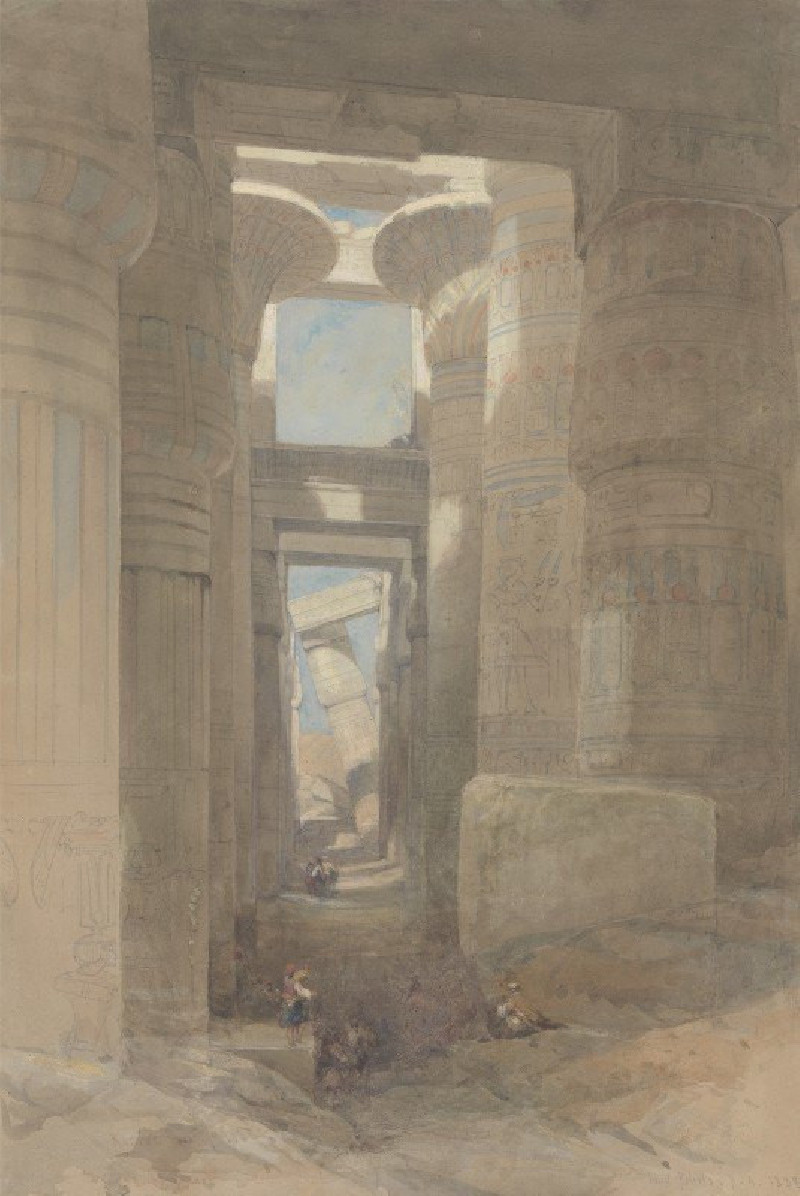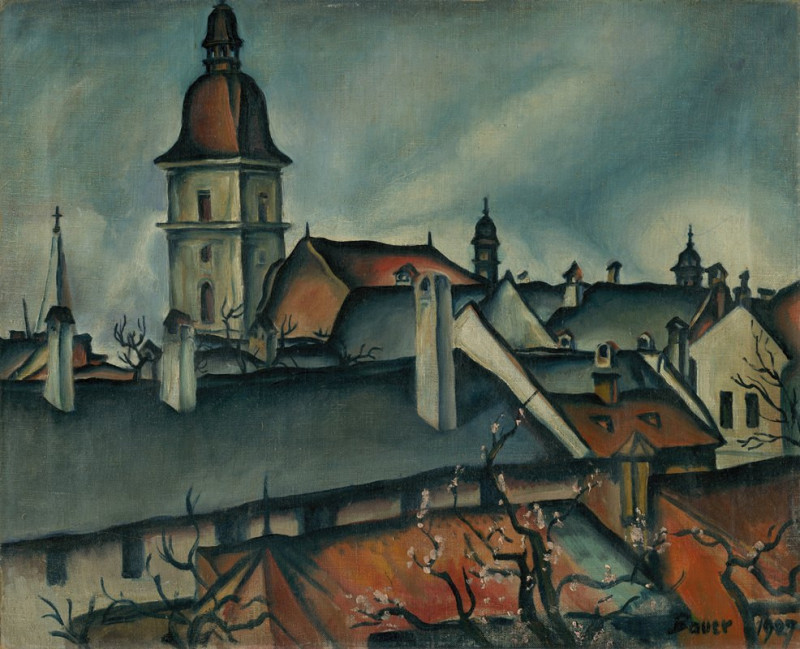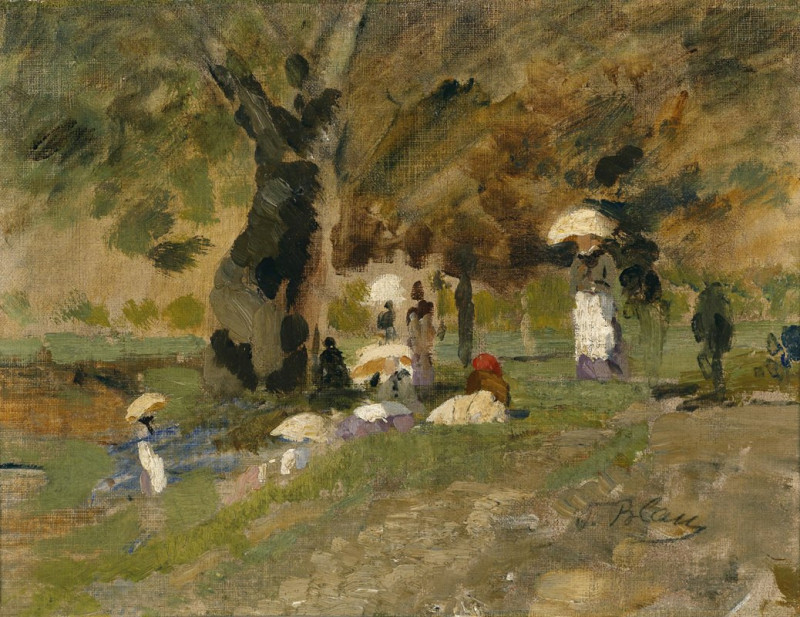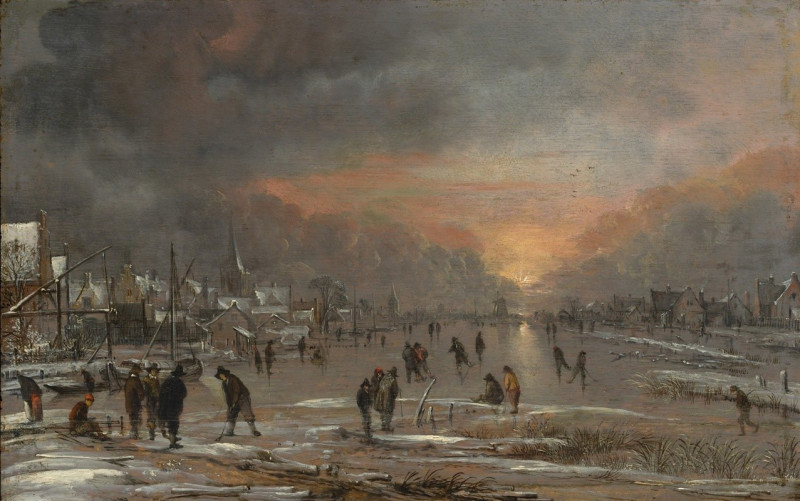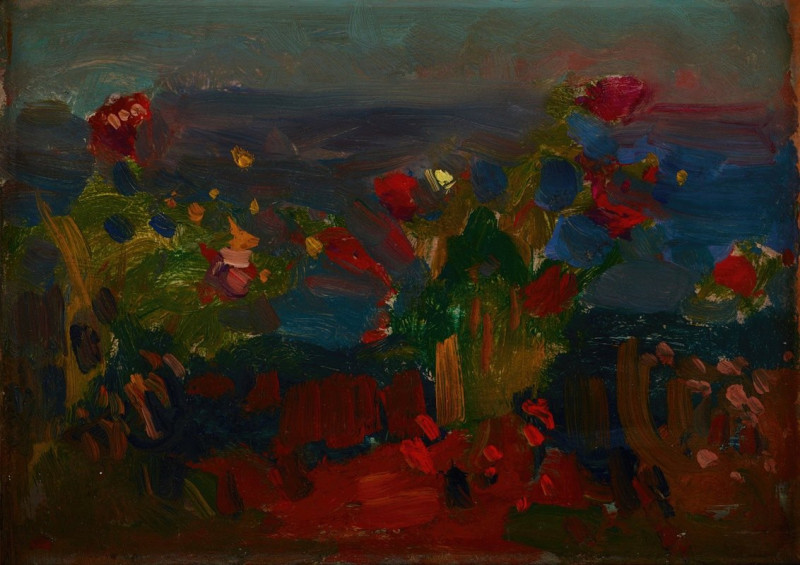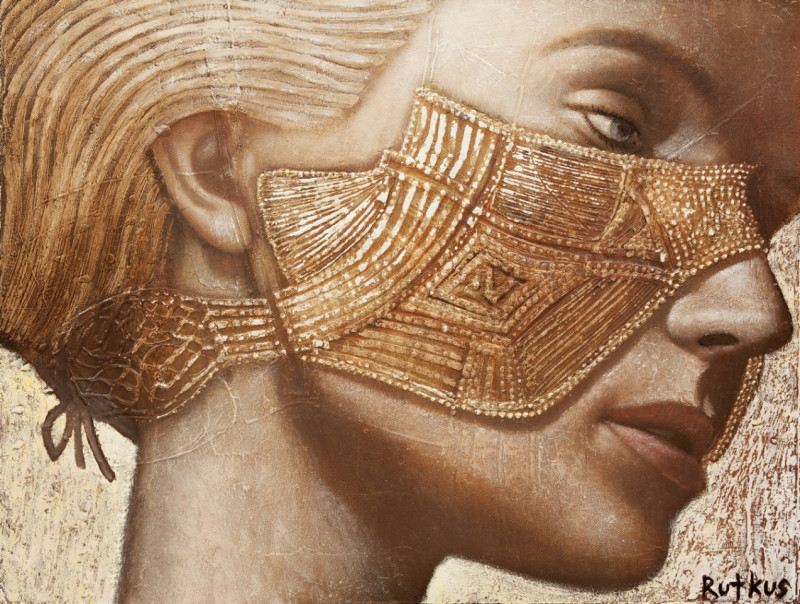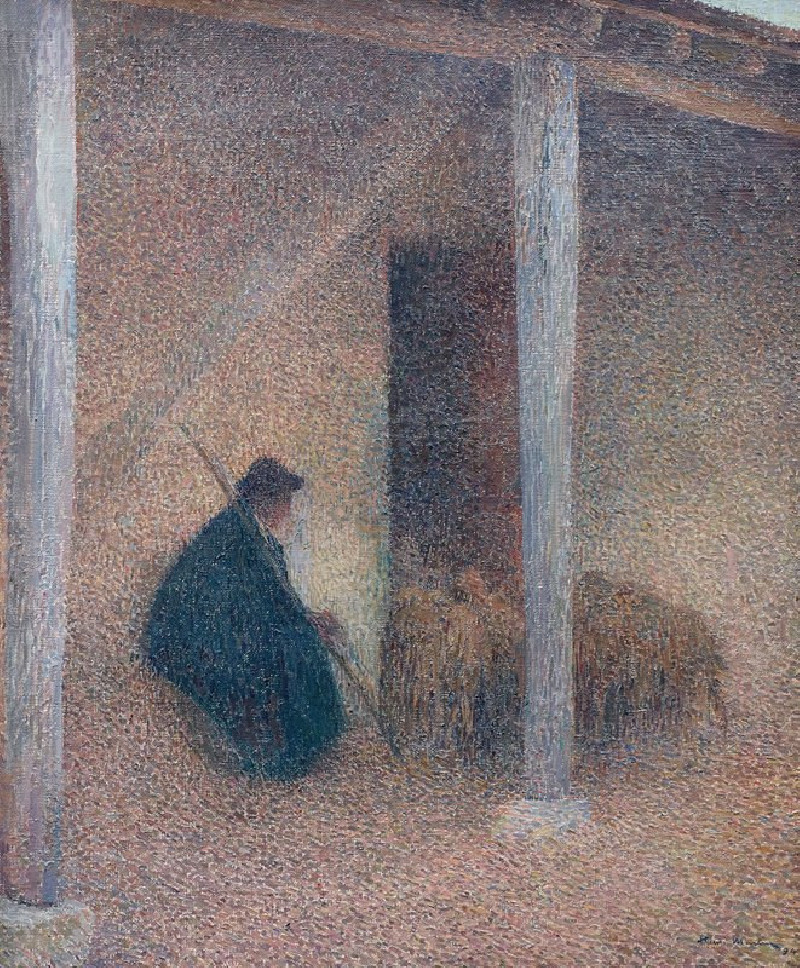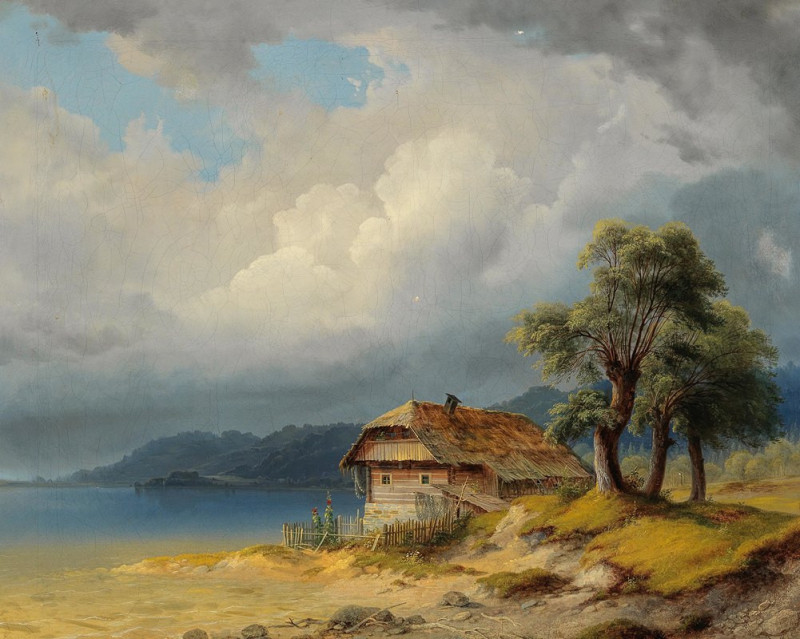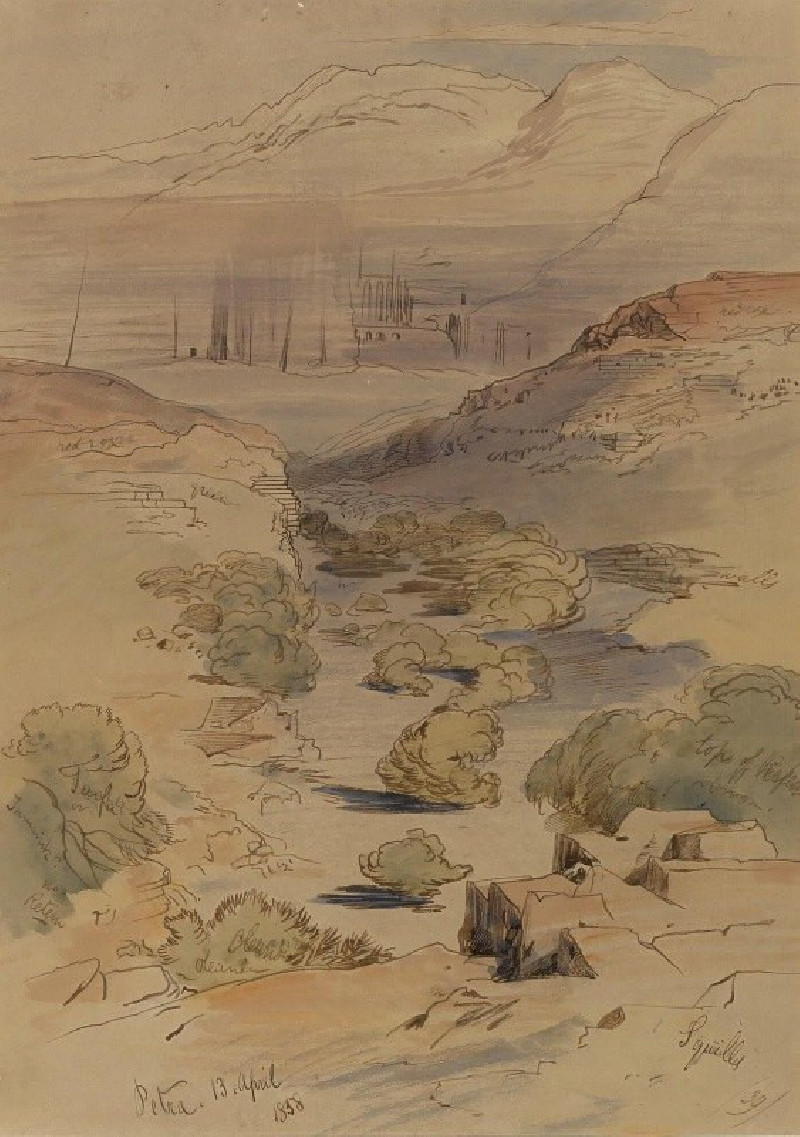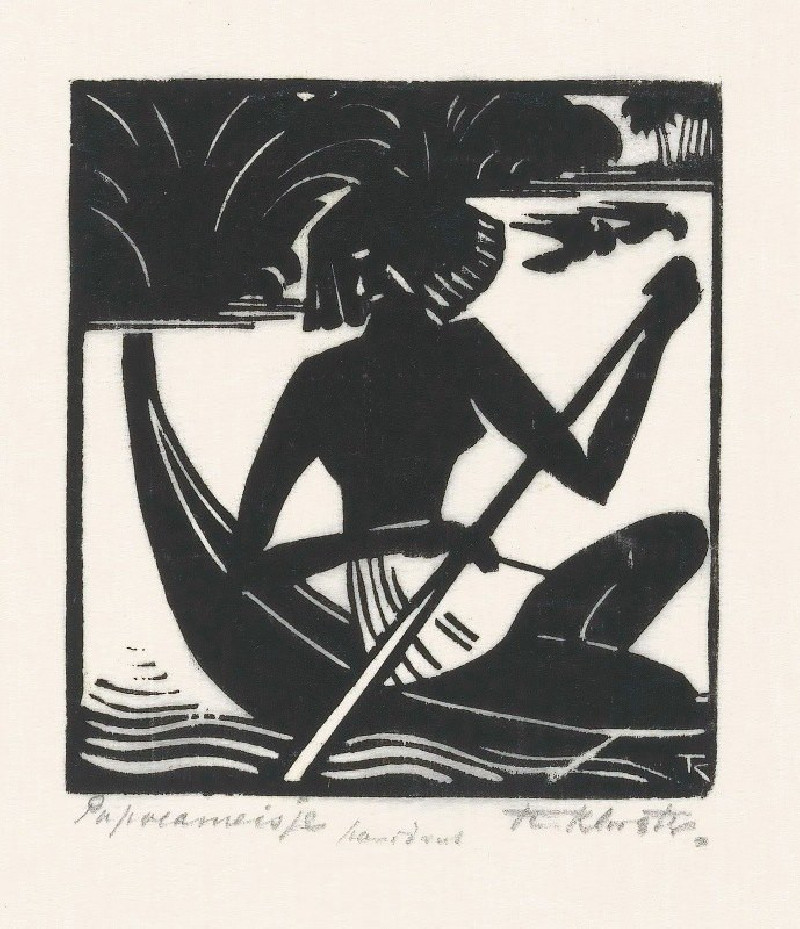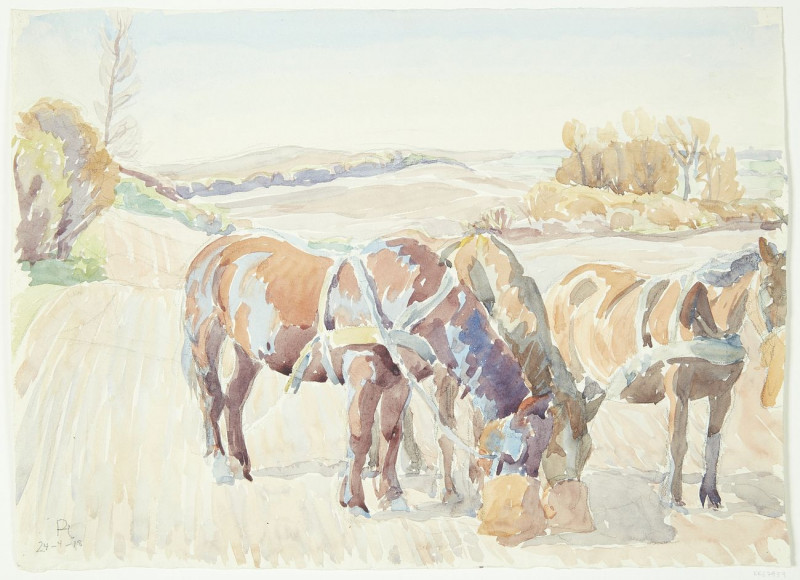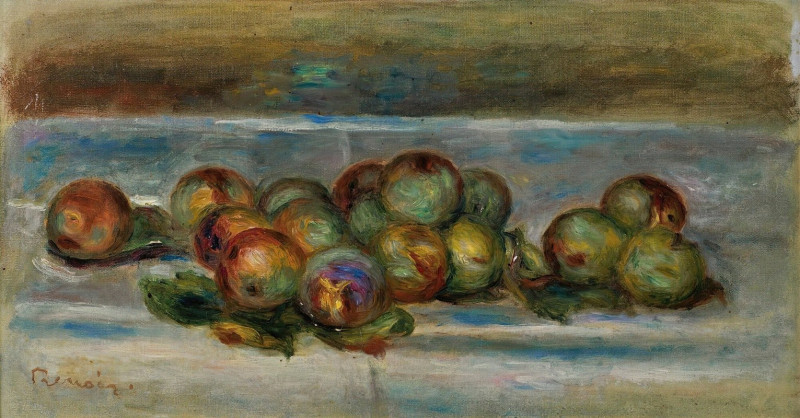Man Wearing a Cloak (verso) (1852-1858)
Technique: Giclée quality print
Recommended by our customers
More about this artwork
This intriguing graphite sketch, titled "Man Wearing a Cloak (verso)" and crafted by the renowned French artist Edouard Manet between 1852 and 1858, captures a figure draped in a voluminous cloak. The drawing, subtle yet expressive, illustrates Manet's skill in using minimalist strokes to convey depth and form.The subject, a man turned slightly away from the viewer, exudes a certain quiet dignity through the gentle sweep of the cloak and his confident posture. The folds of the fabric are rendered with care, demonstrating Manet’s attentive study of light, shadow, and the natural flow of drapery. This sketch not only showcases Manet's foundational artistic skills developed during his early career but also hints at the innovative approach to figure and form that would later define his pivotal role in the transition from Realism to Impressionism.Despite its simplicity, there’s a distinct movement in this work, suggesting a moment captured in time, a snapshot of mundane grandeur.
Delivery
Returns
Édouard Manet (1832–1883) was a French modernist painter and one of the first 19th century artists to paint modern life. His impressionist style is characterized by relatively small and thin brushstrokes that create emphasis on light depiction. Manet was one of the key artists in the transition from realism to impressionism, along with Claude Monet, Edgar Degas, and Pierre-Auguste Renoir. However, he resisted involvement in any one specific style of painting, and only presented his work to the Salon of Paris instead of impressionist exhibitions. His early masterworks, The Luncheon on the Grass and Olympia, created great controversy and served as a rallying point for other young painters.

